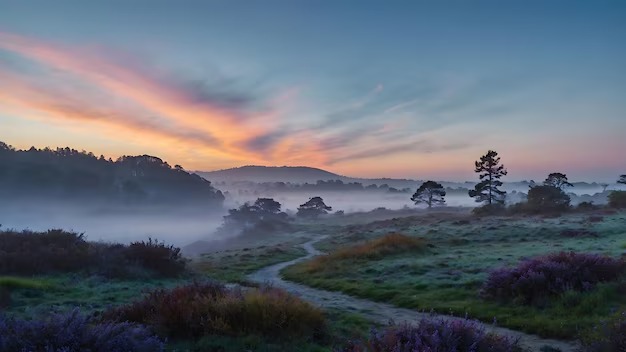The Evolution of Garden Over the Years
The Evolution of Gardens Over the Years
Gardens have long been a reflection of human culture, innovation, and our relationship with nature. From ancient civilizations to modern urban landscapes, the concept of a garden has evolved dramatically, shaped by societal changes, technological advancements, and environmental awareness. This article explores the fascinating journey of gardens through history and offers insights into how you can incorporate these timeless elements into your own outdoor spaces.
Ancient Gardens: The Birth of Cultivated Beauty
The earliest gardens were not just about aesthetics but also served practical purposes. In ancient Mesopotamia, gardens were designed to provide food, medicine, and shade. The Hanging Gardens of Babylon, one of the Seven Wonders of the Ancient World, showcased the ingenuity of early garden design with its terraced structures and advanced irrigation systems. Similarly, ancient Egyptian gardens often featured symmetrical layouts, ponds, and fruit trees, emphasizing both beauty and utility.
These early gardens were deeply intertwined with religious and cultural practices. For instance, the Persians introduced the concept of paradise gardens, which symbolized an idealized version of nature and were often divided into four sections by water channels, representing the four rivers of life.
Medieval and Renaissance Gardens: A Shift Toward Ornamentation
During the Middle Ages, gardens became more structured and symbolic. Monastic gardens in Europe were designed to reflect spiritual ideals, with medicinal herbs and vegetables grown alongside flowers. The cloister gardens, with their enclosed, geometric layouts, provided a serene space for contemplation.
The Renaissance period marked a turning point in garden design, as art and nature began to merge. Italian Renaissance gardens, such as those at Villa d’Este, featured elaborate fountains, sculptures, and terraces, showcasing human mastery over the natural world. These gardens were designed to impress and inspire, often serving as extensions of the grand estates they surrounded.
18th and 19th Centuries: The Rise of Landscape Gardens
The 18th century saw the emergence of the English landscape garden, which sought to create a more naturalistic and picturesque environment. Influenced by Romantic ideals, these gardens featured rolling lawns, winding paths, and carefully placed trees and lakes. Notable examples include the gardens at Stowe and Stourhead, which aimed to evoke a sense of harmony between humans and nature.
In the 19th century, the Industrial Revolution brought about significant changes in garden design. Public parks, such as New York’s Central Park, were created to provide green spaces for urban dwellers. Meanwhile, the Victorian era saw a fascination with exotic plants and ornate garden features, as advancements in transportation made it easier to import species from around the world.
20th Century to Present: Modern and Sustainable Gardens
The 20th century ushered in a new era of garden design, characterized by simplicity and functionality. Modernist gardens, such as those designed by Roberto Burle Marx, emphasized clean lines, bold colors, and the use of native plants. This period also saw the rise of suburban gardens, which became a symbol of the American Dream, with their manicured lawns and flower beds.
In recent decades, sustainability has become a central theme in garden design. Urban gardens, rooftop gardens, and community gardens have gained popularity as people seek to reconnect with nature and reduce their environmental impact. Native plants, rainwater harvesting systems, and organic gardening practices are now integral to many modern gardens.
Bringing History into Your Garden
If you’re inspired by the evolution of gardens, there are several ways to incorporate historical elements into your own outdoor space. Consider creating a herb garden reminiscent of medieval monasteries, or design a geometric layout inspired by Persian paradise gardens. For a more modern touch, experiment with native plants and eco-friendly practices.
Ultimately, the beauty of gardens lies in their ability to adapt and evolve. Whether you prefer the structured elegance of a Renaissance garden or the natural simplicity of a modern landscape, your garden can be a reflection of your personal style and values. By understanding the rich history of garden design, you can create a space that is both timeless and uniquely your own.



